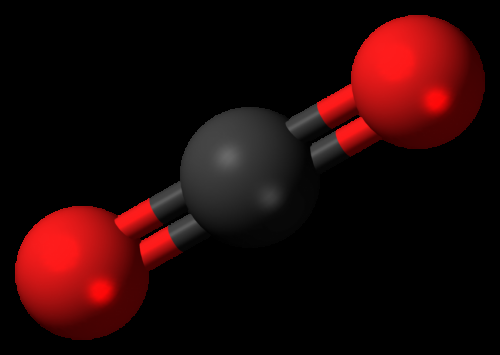New family of chemical structures can effectively remove CO2 from gas mixtures

A newly discovered family of chemical structures, published in Nature today, could increase the value of biogas and natural gas that contains carbon dioxide.
The new chemical structures, known as zeolites, have been created by an international team of researchers including Professor Xiaodong Zou and co-workers from the Department of Materials and Environmental Chemistry at Stockholm University.
The zeolites—crystalline aluminosilicates with frameworks that contain windows and cavities the size of small molecules—can separate out carbon dioxide more effectively from fuel gases than those previously known.
Existing zeolites have widespread use in industrial processes that involve gas separation and catalytic conversion, for example to remove nitrogen and carbon dioxide from compressed air to generate oxygen in hospitals and airplanes. There is an ongoing search for new zeolites to add to those known, to augment the small number of different types used commercially.
However, although many millions of novel structures are both hypothetically possible and energetically feasible, not enough is known about their formation mechanism to prepare them on demand. Rather, new materials are discovered via exploratory synthesis as microcrystalline powders and their structures solved by time-consuming, non-routine approaches.
In the new research published in Nature, research groups from Korea, Sweden and the United Kingdom, have combined structure solution and prediction with targeted synthesis to prepare a family of novel, highly complex zeolites, which have attractive properties as adsorbents.
The first step in the process was the structure solution of a zeolite, prepared decades ago but whose complex structure had defied solution. The new method implicitly predicted the existence of a new family of zeolites with close structural relationships. "The key to the success is that we have been able to use the electron crystallographic methods we developed to crack the structural code hidden behind the family of zeolite structures", says Xiaodong Zou.
Using these structures as targets and modifying the syntheses to include organic and inorganic 'templating' agents, the higher family members were realised. As well as being the most complex zeolite structures known, with exquisite structural architectures, they also show rapid and selective uptake of carbon dioxide, the first step in carbon capture and storage strategies.
More generally, this work presents for the first time a combined solution, prediction and synthesis approach to novel zeolite and related structures that encourage future advances in design and preparation of functional materials. "It has been the dream of zeolite scientists to be able to predict a structure expected for a desired application and then to synthesize it – similar to the way that organic chemists make new drug molecules. We have made an important step towards that direction." says Xiaodong Zou.
More information: "A zeolite family with expanding structural complexity and embedded isoreticular structures." Nature (2015) DOI: 10.1038/nature14575
Journal information: Nature
Provided by Stockholm University










.jpg)









